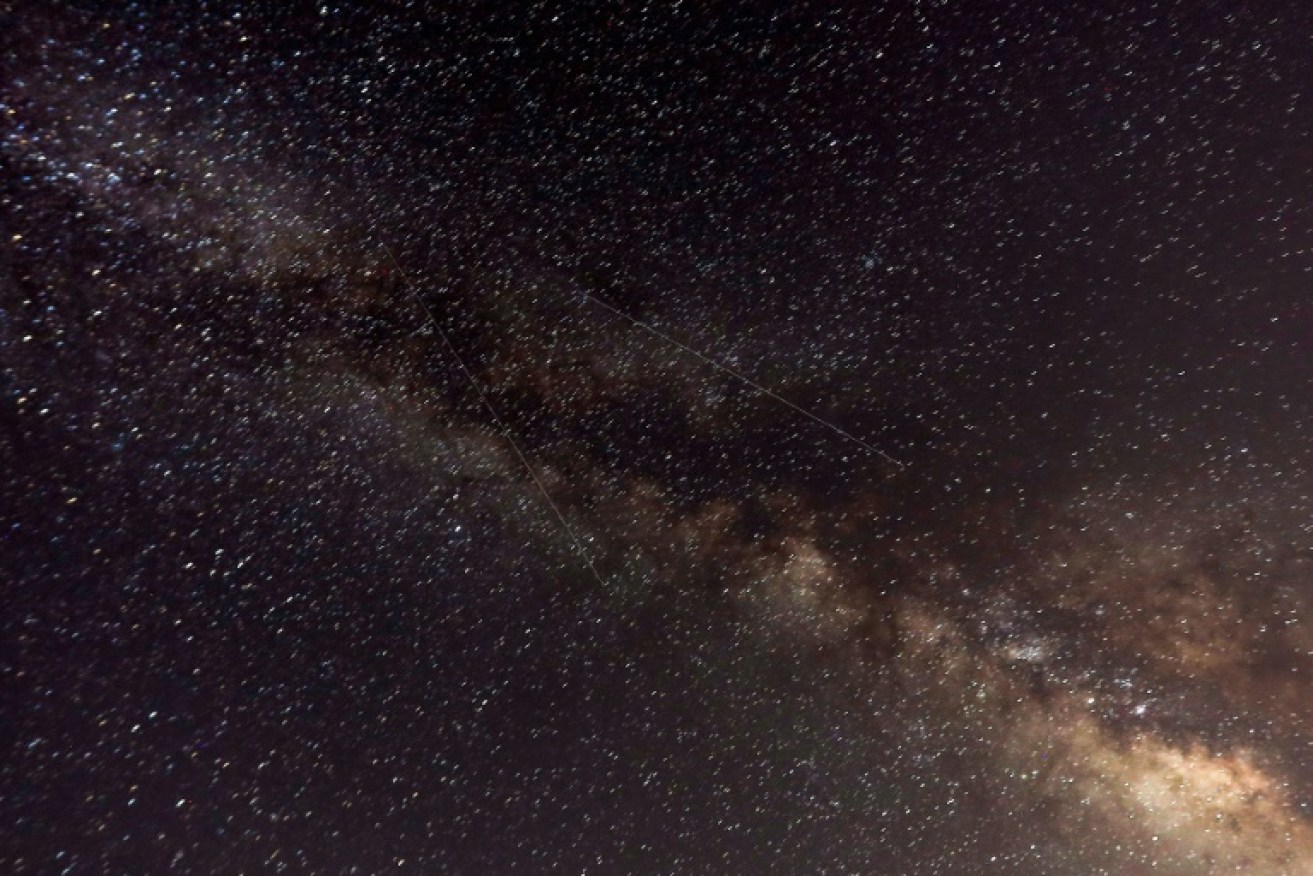New universe map unearths 300,000 more galaxies


The study used radio astronomy to look at a segment of sky and found 300,000 previously unseen light sources. Photo: AFP
A new map of the night sky has discovered 300,000 more galaxies, with experts saying it has shed light on some of the universe’s deepest secrets.
The map published on Tuesday charts hundreds of thousands of previously unknown galaxies discovered using a radio telescope that can detect light sources optical instruments cannot see.
The new galaxies were discovered as part of a study involving 200 scientists from 18 countries, using a Low-Frequency Array (LOFAR) telescope in the Netherlands.
The astronomers used radio astronomy to look at a segment of sky over the northern hemisphere, discovering previously unseen light sources thought to be distant galaxies.
The telescope was able to pick up traces or “jets” of ancient radiation produced when galaxies merge. These jets, previously undetected, can extend over millions of light years.
“This is a new window on the universe,” Cyril Tasse, an astronomer at the Paris Observatory who was involved in the project, told AFP.
“When we saw the first images we were like: ‘What is this?’ It didn’t look anything at all like what we are used to seeing.”

A photo taken by the LOFAR telescope showing a supermassive black hole. Photo: AFP
Monash University astronomer Dr Michael Brown said the new map was a significant discovery.
“The whole data release is accompanied by 26 scientific papers, meaning these new objects can be studied statistically and will be able to look at things such as the new formation of stars in galaxies including nearby galaxies,” Dr Brown told The New Daily.
“The benefits of the LOFAR telescope is its ability to get very high-resolution angular images across the sky.”
Unearthing black holes
Black holes, which have a gravitational pull so strong that no matter can escape them, emit radiation when they engulf other high-mass objects such as stars and gas clouds.
Leiden University astronomer Dr Huub Rottgering said the LOFAR telescope was able to finally discover where black holes come from.
“If we take a radio telescope and we look up at the sky, we see mainly emission from the immediate environment of massive black holes. With LOFAR we hope to answer the fascinating question: Where do those black holes come from?” Dr Rottgering said.
High-quality space images
Creating low-frequency radio sky maps takes significant telescope and computational time and requires large teams to analyse the data.
Amsterdam-based computing and data centre SURFsara, which runs solely on renewable energy, hosts more than 20 petabytes (20 thousand million million bytes) of LOFAR data.

The team plans to create high-resolution images of the entire northern sky. Photo: AFP
“This is more than half of all data collected by the LOFAR telescope to date,” SURFsara’s Raymond Oonk said.
“It is the largest astronomical data collection in the world. Processing the enormous data sets is a huge challenge for scientists.
“What normally would have taken centuries on a regular computer was processed in less than one year using the high throughput compute cluster (Grid) and expertise.”
What’s next?
The map created by the LOFAR observations, part of which was published in the journal of Astronomy & Astrophysics, contains data equivalent to 10 million DVDs, yet charts just two per cent of the sky.
The team now aims to make sensitive high-resolution images of the whole northern sky, which will reveal 15 million radio sources in total.
“Among these there will be the first massive black holes that formed when the universe was only a ‘baby’, with an age a few per cent of its present age,” Dr Rottgering said.








